I’m auctioning off some paintings for a good cause
I’m auctioning a dozen small paintings and donating 100% to World Central Kitchen, the charity of chef José Andrés, feeding people in crisis all over the world. Take and look and place your bids right here.
I’m also giving away some books!
To celebrate the 10th anniversary of The Drunken Botanist, we’re giving away that book and all my novels! Please go here to enter—much appreciated.
From lava to bootleggers…our story continues…
Last week I wrote about the mind-boggling geologic history of Silver Falls State Park. This is Part Two of that crazy tale.
A lot happened between ten million years ago and 1900, but we pick up the story here, when humans of European descent came along and pretty much ruined the area around Silver Creek with their logging operations.
A photographer named June Drake, who ran a portrait studio in the nearby town of Silverton, was eager to take pictures of the falls and even hired crews to clear trails so he could get his camera equipment in. This led to a bit of tourism, and inspired him to try to preserve the area as part of the newly-formed national parks system.
But in 1926, the falls were rejected for national park status because we humans, idiots that we are, had cut down all the trees, which does not make for much of a park. As one ranger wrote, “From the brink of one of the best falls, one looks across a canyon up a slope that is absolutely bare except for hundreds or thousands of stumps that from a distance look like so many dark headstones.”
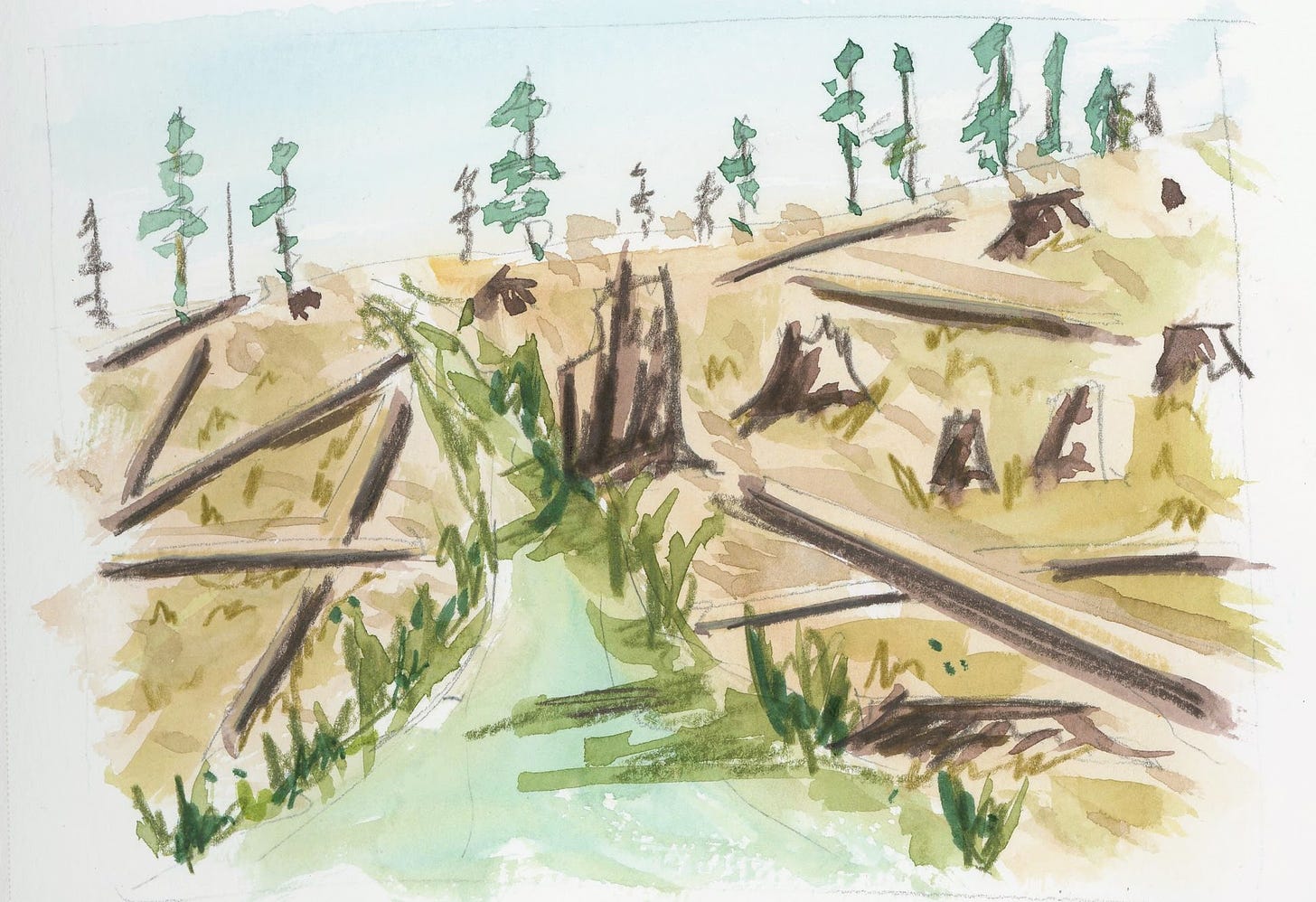
But June Drake was determined, and started pushing for the place to be made into a state park instead. It was, eventually, and one of the park’s ten waterfalls, Drake Falls, is named after him. Goes to show you what one person can accomplish with nothing but a camera and a good idea. Thank you, June Drake.
Then things got a little weird.
Fortunately for us, Samuel Boardman, the first superintendent of Oregon’s state park system, took the time, in 1951, to write out an account of how Silver Falls State Park came into being. An archivist at the state of Oregon was nice enough to send it to me. It is twelve pages, typewritten, and makes for lively reading. Buckle up.
Sam Boardman’s first task, as newly-hired superintendent, was to deal with this patch of land that June Drake had badgered the state into taking on as a park. In 1929, he arrived at Silver Falls to find “a portly, elderly lady” standing beside a little fire pit, collecting a dime from everyone who wanted to look at the falls. Her name was Mrs. Tooley, and she’d been hired by the owner of the property, Dan Geiser, to collect admission. She kept five percent of the take, which netted her a dollar or two on a busy day.
Yes, you read that right: a man whose last name sounds like “geyser” owned a property full of waterfalls.
In 1929, it was quite a chore to drive a Model T along dirt roads to Silver Falls, just to pay your dime to Mrs. Tooley and have a look at water tumbling over rocks. Mr. Geiser obviously needed to offer a bit more in the way of entertainment if he was going to convince people to make the trip. Fortunately for him, Al Faussett, professional daredevil, was looking for a location for his next stunt.
Yes, a man whose last name rhymes with “faucet” made his living throwing himself off fast-moving streams of water. This is all real.
Since 1926, Al Faussett had been going around the Pacific Northwest, throwing himself off waterfalls in specially-rigged canoes and charging admission to the kinds of people who enjoy the possibility of a stunt gone horribly wrong, which all of Al’s did. He had high hopes that his escapades could be filmed and stitched together into a very profitable movie. He also hoped, at one time, to buy Silver Falls and run it as a tourist attraction, with his canoe-diving stunts as the main attraction.
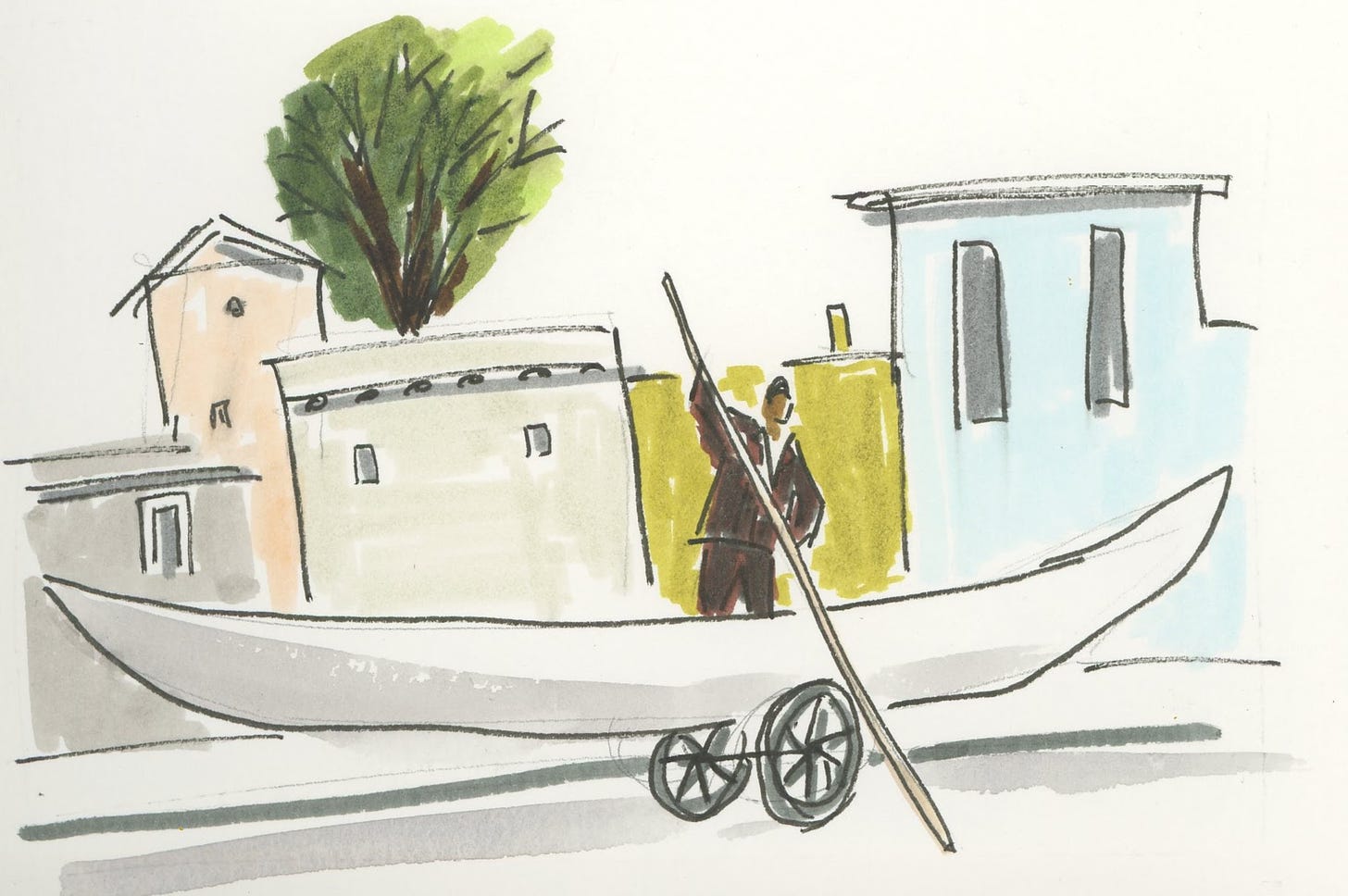
Al took one run at Silver Falls and failed in every way. The crowds were so large that they simply overwhelmed poor Mrs. Tooley, and most people saw the show for free. He’d planned to charge a filmmaker $5000 for the exclusive rights to film the event, but instead several people showed up and filmed it without paying. His manager absconded with what little money was actually collected—and much of that money came from the bets people made on the outcome of the stunt. As historian Louise Lindgren wrote, “Al’s habit of literally betting his life with those who would win if he died, was not a stable way to riches.”
And Al’s poorly-planned trip over the falls nearly killed him. He’d planned to dam up the creek a bit to increase the force of the water tumbling over the falls, thereby sending his canoe clear of the rocks below. He rigged up a guide wire from top to bottom to keep the boat on track. And the canoe itself was fitted out with special equipment: steel reinforcement in the bow, inflated tubes as cushioning, tree branches sticking out in all directions to break the fall, and a hatch to protect him from drowning. All of these safety measures broke down in one way or another, and Al landed in the hospital with multiple injuries and no money for the bills.
(When he was back on his feet, he went out to Hollywood to try to make it as a stunt man, and failed at that, too. That is a tale just begging to be told. I love Al.)
Back to our story. Without Al, Dan Geiser was left with no profitable form of entertainment for the tourists, so he started charging a quarter to let people watch him push run-down old cars off the waterfall. Sam Boardman wrote, “Isaac Waltons, fishing the pool, often came up with spare parts of demolished autos.”
Geiser was not the only one running a shady little enterprise at Silver Falls. What is today a 9000-acre state park was once many smaller plots of land, owned by disparate feuding entrepreneurs, each with their own agenda. Poor Sam Boardman was tasked with gaining the trust and cooperation of each of these characters, and persuading them to part with their land for a price that wouldn’t outrage the Oregon taxpayers.
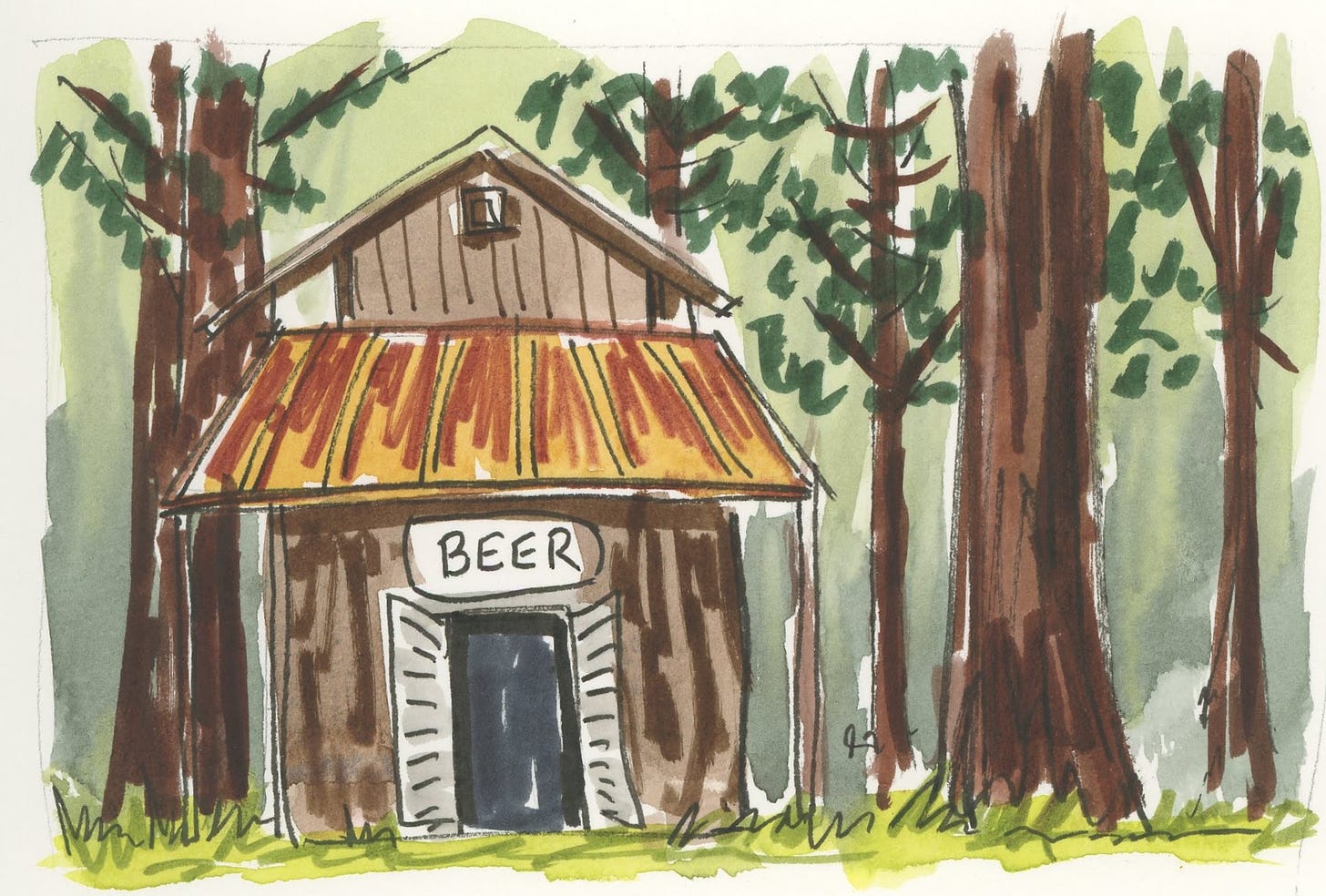
There was Fred Volz, who ran an “actual honky tonk” next to the park’s picnic area. The state offered Volz $10,000, or they’d condemn the property and take it by force. Volz took the ten grand, but before the deal closed he opened “a beer parlor” right next to the main entrance, and the state had to pay another thousand to make that go away. Then Volz leased the land to a strawberry farmer, and the state paid another $300 to put a stop to that.
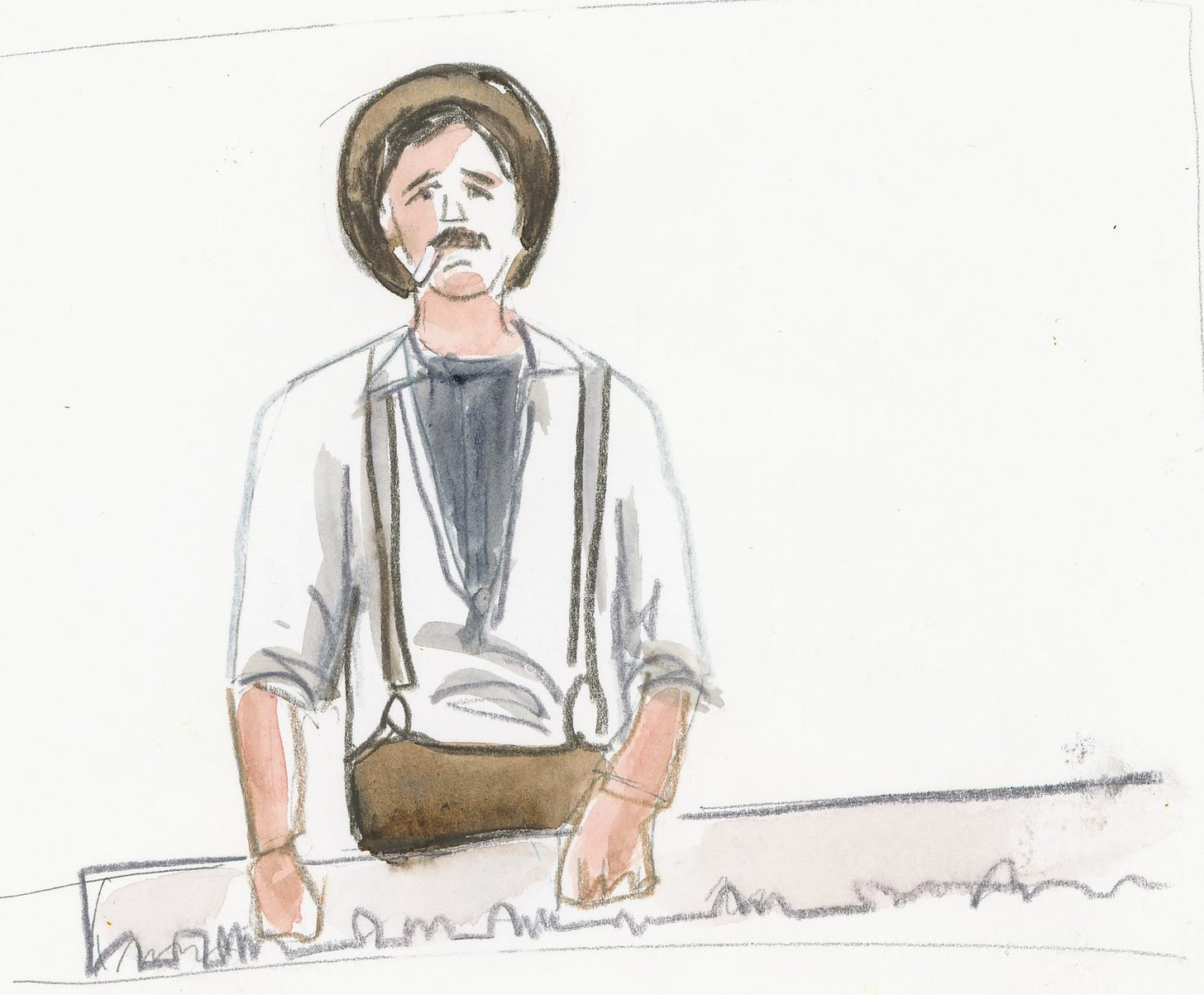
Another man with property nearby opened a concessions stand, selling “pop, ice cream, buns, and what have you,” and hired a “strong-armed yokel” equipped with a loud bell and a phonograph loaded with scratchy records to attract customers, shattering the peace and quiet that visitors might expect at a park. To get rid of him, the state was forced to buy that property (which might’ve been the owner’s plan all along) for $1000.
There was the woman who lived in a caretaker shack and hung her laundry out to dry on a line that ran right across the main trail into the park. Mr. Boardman had to have a word with her after a visitor complained that he’d been “slapped in the kisser with a damp soggy unmentionable.”
The Silver Falls State Park highlight reel ends here, with the damp and soggy unmentionables. What happened next? Eventually the state bought the necessary parcels of land from their dissolute owners. Then the Great Depression happened, and the New Deal, and with it the Civilian Conservation Corps, and two hundred young men came to Silver Falls and built a lodge and trails and everything that a park needed.
Now, a hundred years later, the park is still there, and you can still walk under the waterfalls, but you can’t push a car off the top, or ride down in a canoe, or get rowdy at a beer parlor outside the main entrance. (You have to drive into Silverton for that.)
So far, the lava hasn’t returned to bury it again, but I suppose someday it might. So far my house isn’t floating in the ocean, but that might happen someday, too. If the state were to acquire and open another park today, I don’t think they’d have to contend with quite so many rowdy characters—or would they? We can only hope.
Would you like to join our merry band of paid subscribers?
For less than the price of a beer at a Silverton pub, you can support this here enterprise and join in some artsy fun. This week, we’re looking at indispensable and very portable drawing tools. Here’s the archive of everything we’ve done so far.
The Bit at the End
Come find me on Instagram, or see paintings for sale- Right here
Order signed copies of some of my books from my husband’s bookstore, or order my books and many books I love at Bookshop.org
Take one of my online writing or art classes here
Post your comments using the link below—I love to hear from you! And feel free to share this newsletter. Much appreciated.





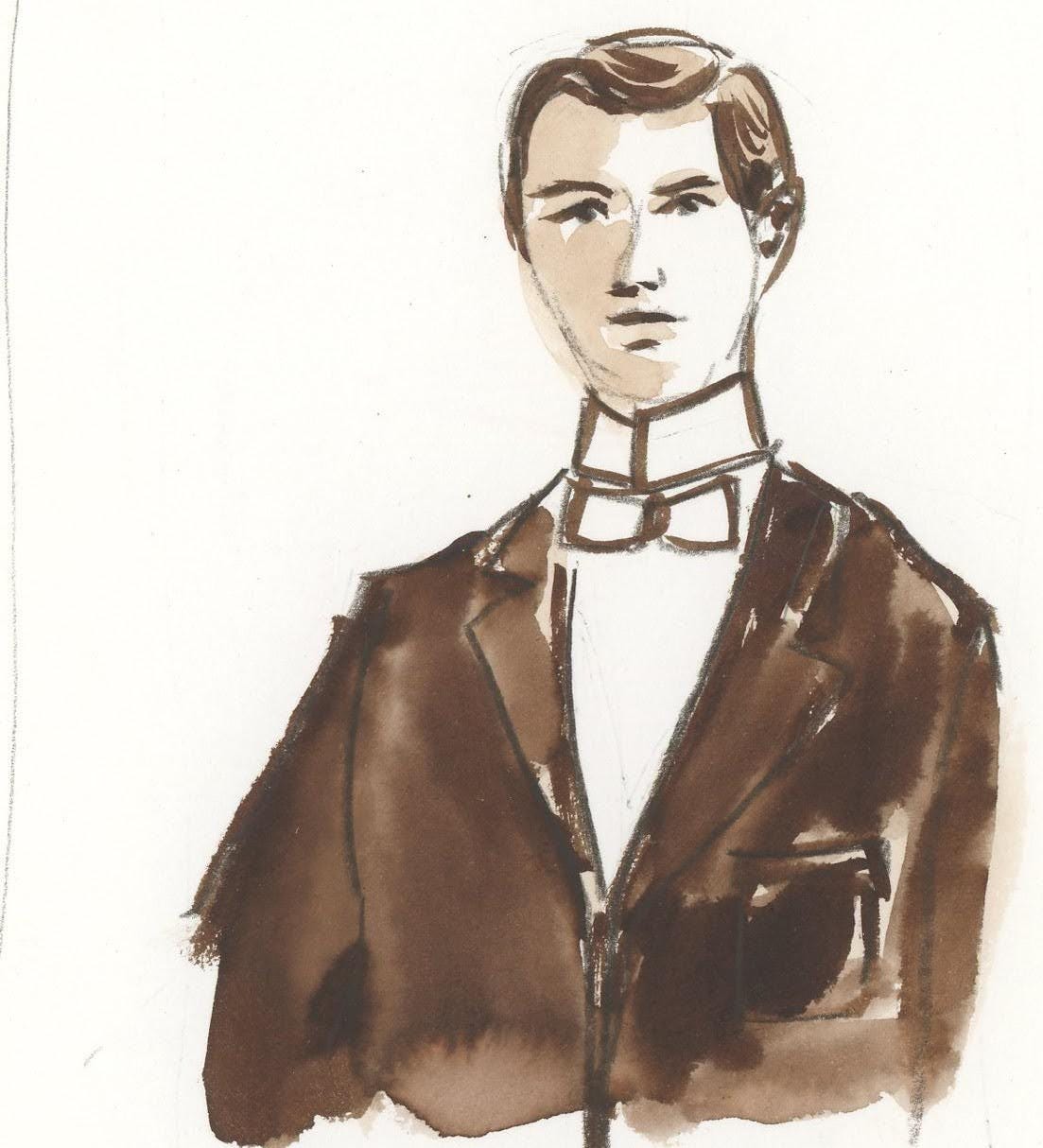
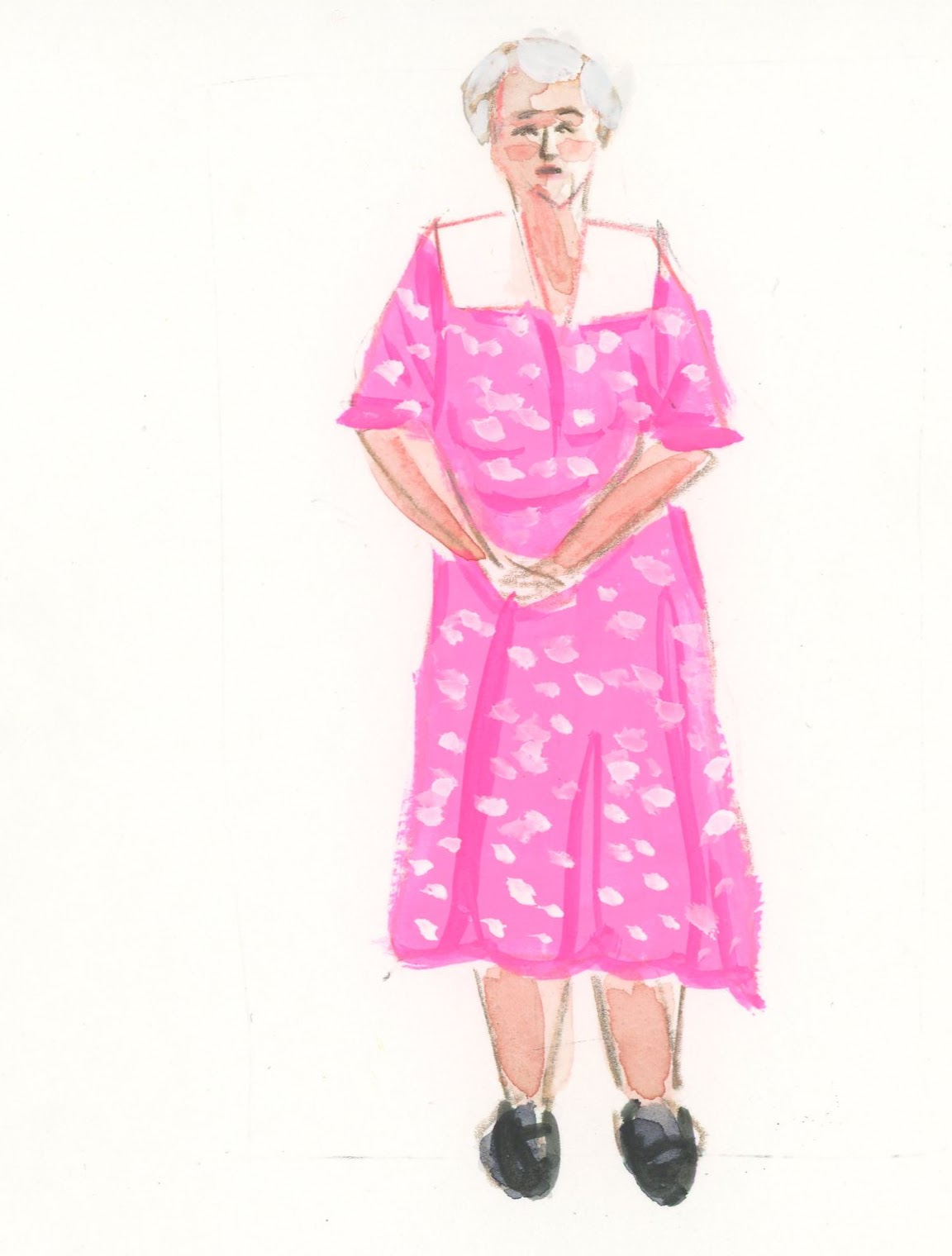
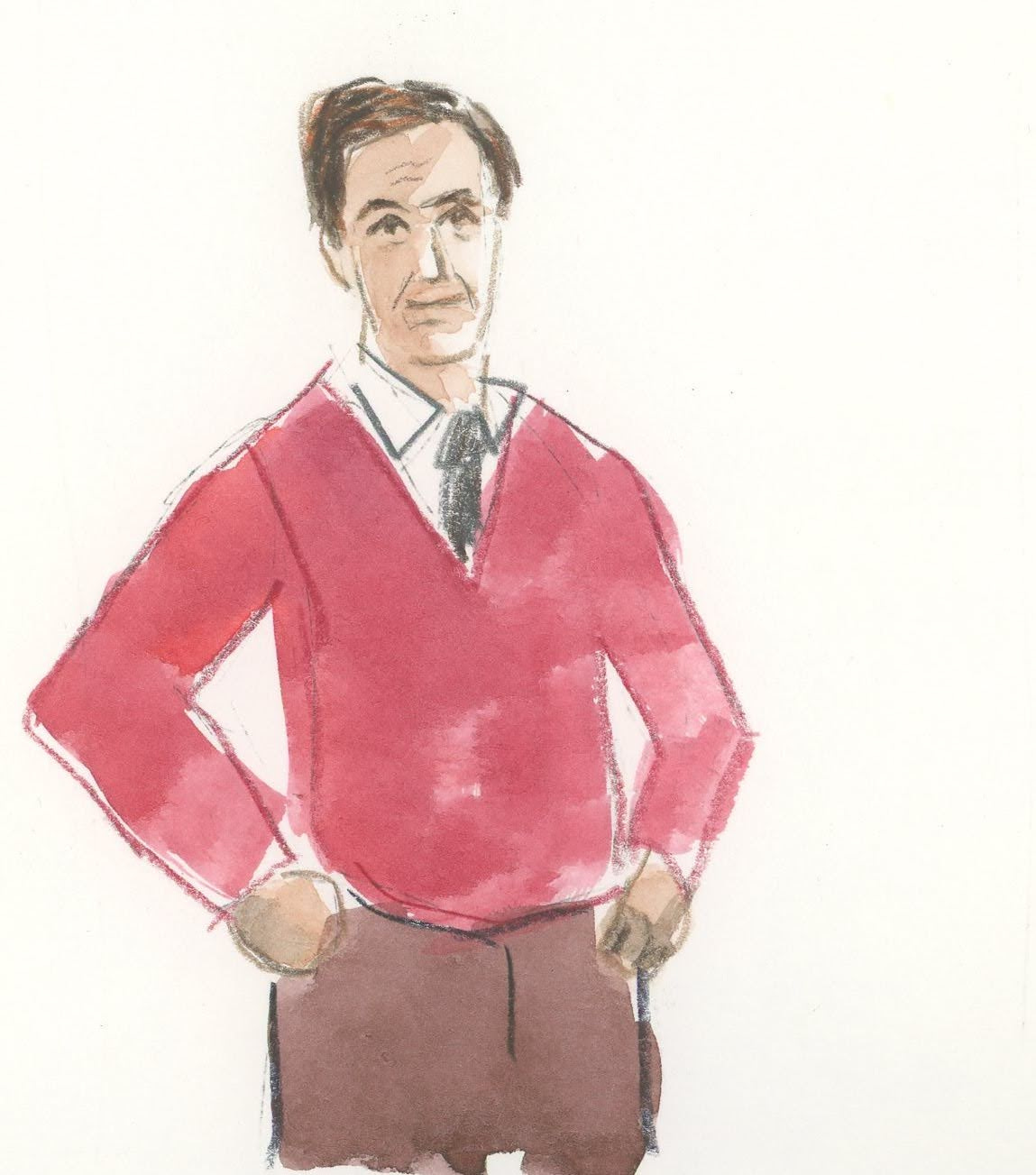
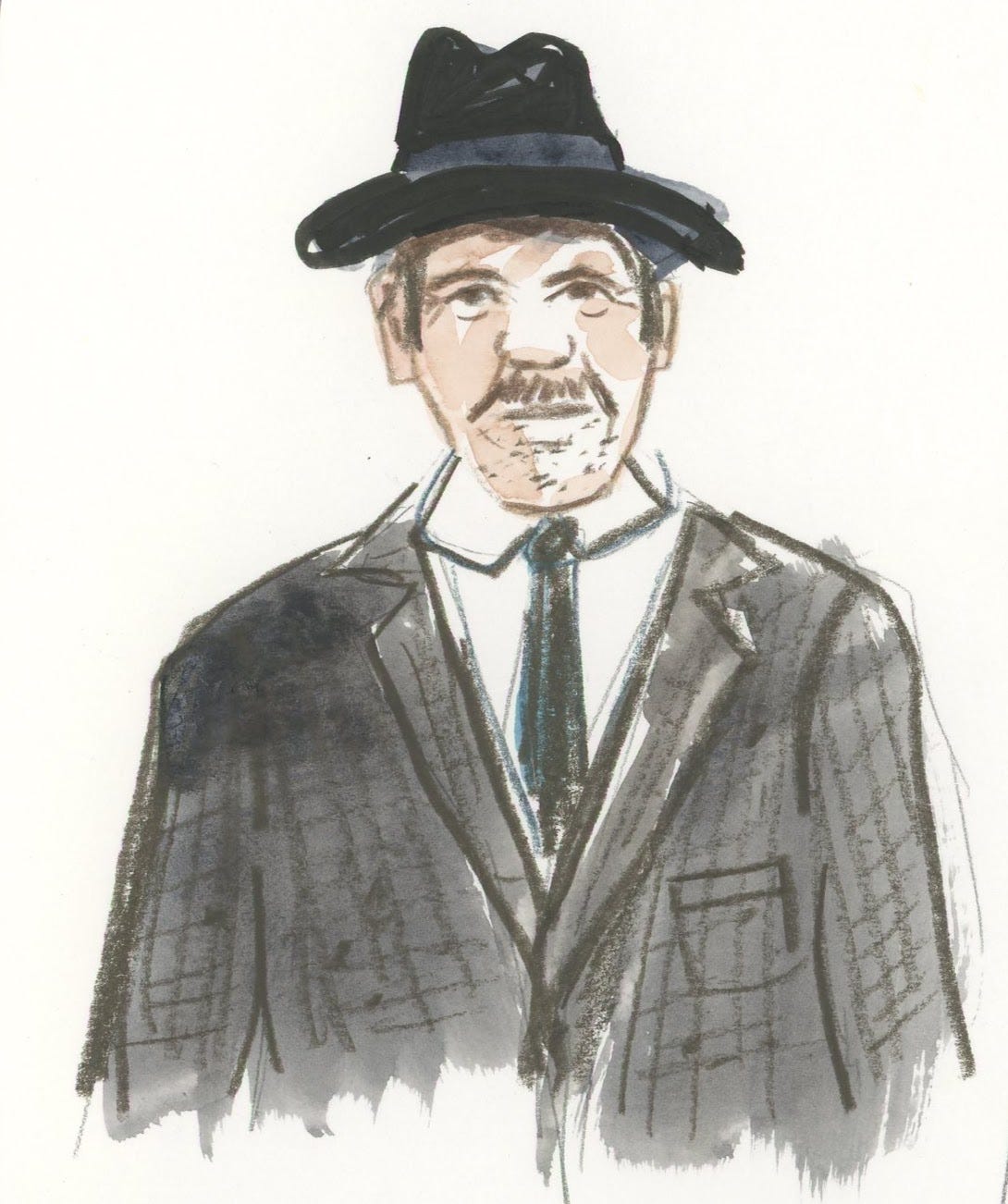
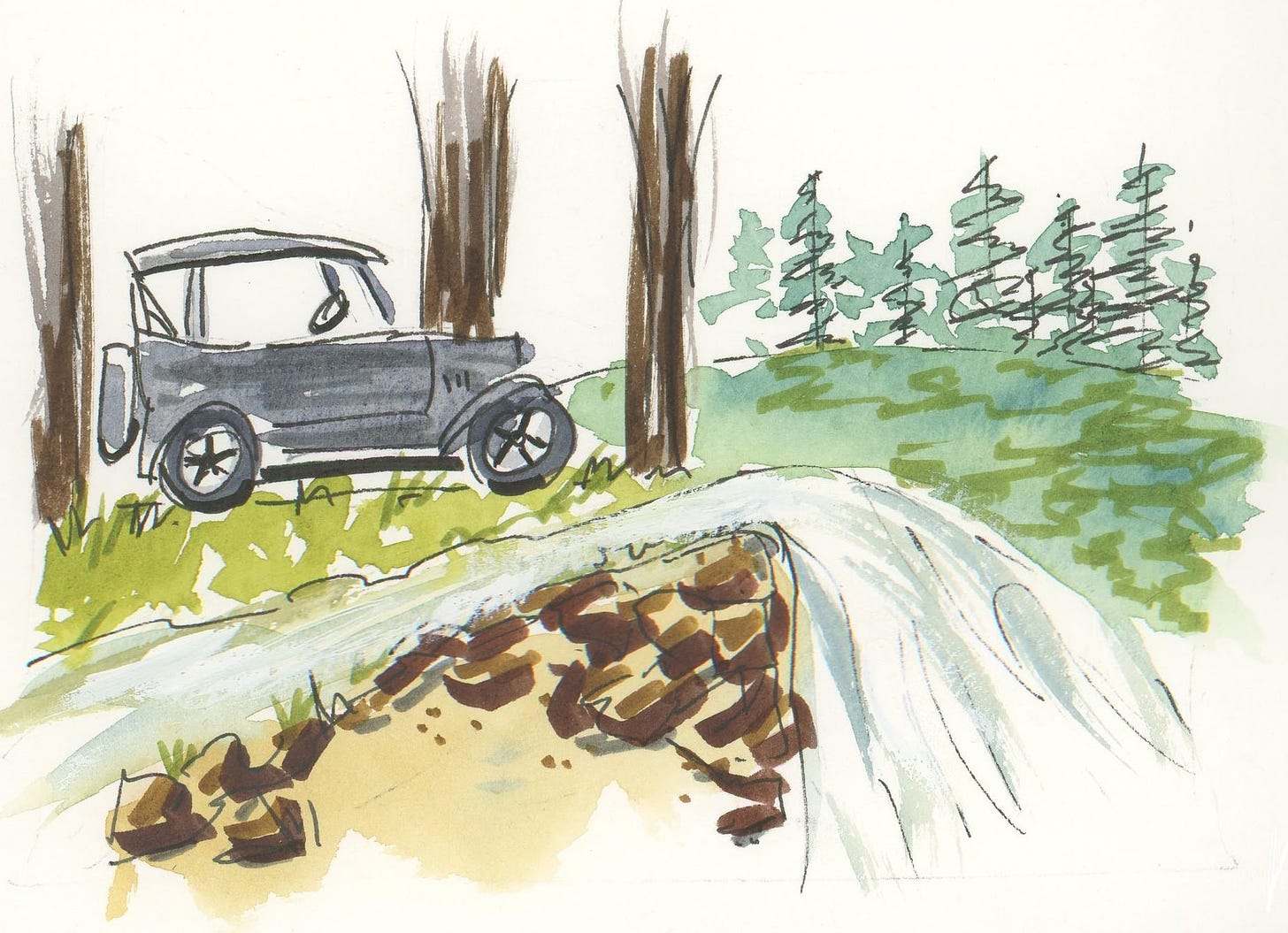

Awesome and fascinating piece! It's like an episode of Parks and Rec, but mostly just Parks. I can see poor Leslie Knope trying to shut down the beer garden, clearly run by Jeremy Jamm. :)
Fascinating story, Amy! I found it especially interesting since I work as a writer for the Michigan DNR, telling stories about our state parks and trails. And, as always, I love your drawings! Thank you for sharing.